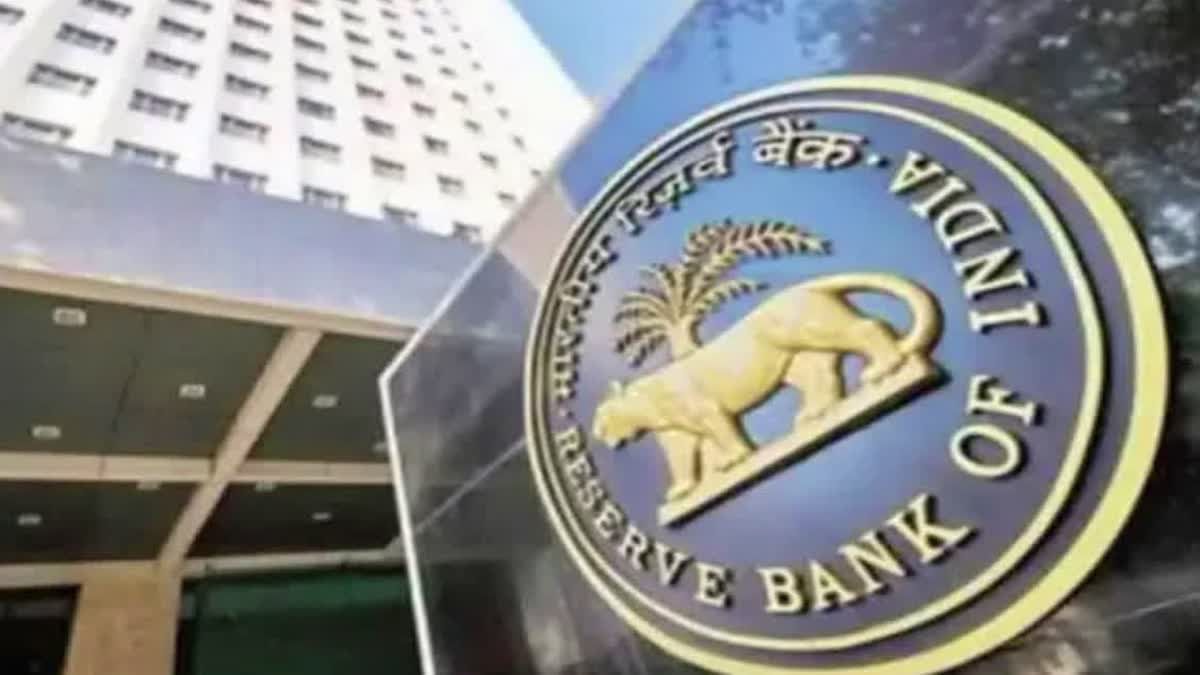New Delhi: Reserve Bank of India Governor Shaktikanta Das Wednesday said that any rate action, (any change in benchmark policy rates) in the upcoming June meeting of the monetary policy committee (MPC) will be based on the “Ground situation”. Reserve Bank’s monetary policy committee meetings are closely watched by markets, financial institutions and bank customers as any change in short-term inter-bank lending rates, known as repo and reverse repo rates, has a direct bearing on interest rates of loans and deposits.
In order to battle high retail inflation, measured as the consumer price index (CPI), the Reserve Bank of India has increased the benchmark interbank lending rate, the repo rate, by 250 basis points (2.5%) since May last year before pausing the streak of rate hikes in its April monetary policy committee meeting.
As a result of a series of rate hikes carried out over a period of nearly one year, from May 2022 to February 2023, the retail inflation has once again fallen within the Reserve Bank’s upper tolerance band set by the Centre under the law. Das believes that the retail inflation would further cool down in May from 4.7% recorded in April this year.
However, it would be worthwhile to analyse the impact of policy rate hikes on actual interest rates prevalent in the banking sector, both for borrowers and depositors.
Policy rate hike still in transmission stage:In his address to industry captains in New Delhi on Thursday, RBI Governor Shaktikanta Das admitted that the impact of policy rate changes takes place with a time lag. It means any change in the policy rates becomes visible in retail and corporate loans with a gap of three-to-six months.
Also read:Entire process of Rs 2000 notes withdrawal will be non-disruptive: RBI Guv Das
For example, according to the data analysed by Gaura Sen Gupta, India Economist of IDFC First Bank, the transmission of the 290 basis point increase in repo rate, which began last year, is still taking place. Gaura said a large part of the rate hikes has already been transmitted via the banking system with fresh domestic deposits rates rising by 236 basis points (2.36%) in FY 2022-23 while weighted average lending rates for fresh loans rose by 169 bps (1.69%).
According to the RBI data, which was analysed by the IDFC First Bank’s economics research team, the weighted average lending rates for existing loans were up by almost 1% in March this year as against the March 2022. For the fresh loans, the quantum of hike was much higher at almost 1.7% during the same period.
Similarly, in case of deposits, domestic term deposit rates for old deposits were up by 1.13% while domestic term deposit rates for fresh deposits were up by 2.36%, the highest but still below the change in repo rate during the same period which was 2.5%. During the same period, the reverse repo rate has been hiked by 290 basis points or 2.9%.
The impact of these policy rate hikes announced by the RBI since May last year is also getting reflected in the credit growth. “We are seeing some impact on certain segments of credit such as bank credit to industries which has slowed down since the end of 2022,” Sen Gupta told ETV Bharat in a statement. According to the economist, within industry credit, slowdown is seen across large, medium and small industries. "That said, other parts of bank credit growth remain robust with retail credit growth at 20.6% and services credit growth at 19.8% as of March 2023. Overall bank credit growth remains strong at 15.5% on a year-on-year basis as on May 5th 2023," noted the economist.
